@napi-rs/image
Transform and optimize images library.
See Examples for usage.
Transformer:
This library support encode/decode these formats:
| Format | Input | Output |
|---|---|---|
| RawPixels | RGBA 8 bits pixels | |
| JPEG | Baseline and progressive | Baseline JPEG |
| PNG | All supported color types | Same as decoding |
| BMP | ✅ | Rgb8, Rgba8, Gray8, GrayA8 |
| ICO | ✅ | ✅ |
| TIFF | Baseline(no fax support) + LZW + PackBits | Rgb8, Rgba8, Gray8 |
| WebP | No | ✅ |
| AVIF | No | ✅ |
| PNM | PBM, PGM, PPM, standard PAM | ✅ |
| DDS | DXT1, DXT3, DXT5 | No |
| TGA | ✅ | Rgb8, Rgba8, Bgr8, Bgra8, Gray8, GrayA8 |
| OpenEXR | Rgb32F, Rgba32F (no dwa compression) | Rgb32F, Rgba32F (no dwa compression) |
| farbfeld | ✅ | ✅ |
| SVG | ✅ |
See index.d.ts for API reference.
New from Constructor
import { Transformer } from '@napi-rs/image'
const transformer = new Transformer(input)New from RGBA RawPixels
import { Transformer } from '@napi-rs/image'
import { decode } from 'blurhash'
// Uint8ClampedArray
const pixels = decode('LEHV6nWB2yk8pyo0adR*.7kCMdnj', 32, 32)
const transformer = Transformer.fromRgbaPixels(pixels, 32, 32)Render the SVG to Other Image Format
import { promises as fs } from 'fs'
import { Transformer } from '@napi-rs/image'
const SVG = await fs.readFile('input-debian.svg')
writeFileSync(
'output-debian.jpeg',
await Transformer.fromSvg(
SVG,
/** Support CSS3 color, e.g. rgba(255, 255, 255, .8) */
'rgba(238, 235, 230, .9)',
).jpeg(),
)Metadata
metadata(withExif?: boolean | undefined | null, signal?: AbortSignal | undefined | null): Promise<Metadata>
metadataSync(withExif?: boolean | undefined | null): Metadata
export interface Metadata {
width: number
height: number
exif?: Record<string, string> | undefined | null
orientation?: number | undefined | null
format: string
colorType: JsColorType
}
export enum JsColorType {
/** Pixel is 8-bit luminance */
L8 = 0,
/** Pixel is 8-bit luminance with an alpha channel */
La8 = 1,
/** Pixel contains 8-bit R, G and B channels */
Rgb8 = 2,
/** Pixel is 8-bit RGB with an alpha channel */
Rgba8 = 3,
/** Pixel is 16-bit luminance */
L16 = 4,
/** Pixel is 16-bit luminance with an alpha channel */
La16 = 5,
/** Pixel is 16-bit RGB */
Rgb16 = 6,
/** Pixel is 16-bit RGBA */
Rgba16 = 7,
/** Pixel is 32-bit float RGB */
Rgb32F = 8,
/** Pixel is 32-bit float RGBA */
Rgba32F = 9
}Example:
import { promises as fs } from 'fs'
import { Transformer } from '@napi-rs/image'
const WITH_EXIF_JPG = await fs.readFile('with-exif.jpg')
const decoder = new Transformer(WITH_EXIF_JPG)
const metadata = await decoder.metadata(true)The metadata will be
{
colorType: 2,
exif: {
Orientation: 'Unknown (5)',
'Resolution Unit': 'in',
'This image has an Exif SubIFD': '90',
'X Resolution': '72 pixels per in',
'Y Resolution': '72 pixels per in',
},
format: 'jpeg',
height: 450,
orientation: 5,
width: 600,
}Transform Image format
import { promises as fs } from 'fs'
import { Transformer } from '@napi-rs/image'
const PNG = await fs.readFile('./un-optimized.png')
const webp = await new Transformer(PNG).webp()
await fs.writeFile('optimized.webp')webp
The quality factor
quality_factorranges from 0 to 100 and controls the loss and quality during compression.
The value 0 corresponds to low quality and small output sizes, whereas 100 is the highest quality and largest output size.
> https://developers.google.com/speed/webp/docs/api#simple_encoding_api
Default is 90
webp(qualityFactor: number, signal?: AbortSignal | undefined | null): Promise<Buffer>
webpSync(qualityFactor: number): Buffer
/// Encode lossless webp image
webpLossless(signal?: AbortSignal | undefined | null): Promise<Buffer>
webpLosslessSync(): BufferAVIF
Config:
export interface AvifConfig {
/** 0-100 scale 100 is lossless */
quality?: number | undefined | null
/** 0-100 scale */
alphaQuality?: number | undefined | null
/** rav1e preset 1 (slow) 10 (fast but crappy), default is 4 */
speed?: number | undefined | null
/** How many threads should be used (0 = match core count) */
threads?: number | undefined | null
/** set to '4:2:0' to use chroma subsampling, default '4:4:4' */
chromaSubsampling?: ChromaSubsampling | undefined | null
}
/**
* https://en.wikipedia.org/wiki/Chroma_subsampling#Types_of_sampling_and_subsampling
* https://developer.mozilla.org/en-US/docs/Web/Media/Formats/Video_concepts
*/
export enum ChromaSubsampling {
/**
* Each of the three Y'CbCr components has the same sample rate, thus there is no chroma subsampling. This scheme is sometimes used in high-end film scanners and cinematic post-production.
* Note that "4:4:4" may instead be wrongly referring to R'G'B' color space, which implicitly also does not have any chroma subsampling (except in JPEG R'G'B' can be subsampled).
* Formats such as HDCAM SR can record 4:4:4 R'G'B' over dual-link HD-SDI.
*/
Yuv444 = 0,
/**
* The two chroma components are sampled at half the horizontal sample rate of luma: the horizontal chroma resolution is halved. This reduces the bandwidth of an uncompressed video signal by one-third.
* Many high-end digital video formats and interfaces use this scheme:
* - [AVC-Intra 100](https://en.wikipedia.org/wiki/AVC-Intra)
* - [Digital Betacam](https://en.wikipedia.org/wiki/Betacam#Digital_Betacam)
* - [Betacam SX](https://en.wikipedia.org/wiki/Betacam#Betacam_SX)
* - [DVCPRO50](https://en.wikipedia.org/wiki/DV#DVCPRO) and [DVCPRO HD](https://en.wikipedia.org/wiki/DV#DVCPRO_HD)
* - [Digital-S](https://en.wikipedia.org/wiki/Digital-S)
* - [CCIR 601](https://en.wikipedia.org/wiki/Rec._601) / [Serial Digital Interface](https://en.wikipedia.org/wiki/Serial_digital_interface) / [D1](https://en.wikipedia.org/wiki/D-1_(Sony))
* - [ProRes (HQ, 422, LT, and Proxy)](https://en.wikipedia.org/wiki/Apple_ProRes)
* - [XDCAM HD422](https://en.wikipedia.org/wiki/XDCAM)
* - [Canon MXF HD422](https://en.wikipedia.org/wiki/Canon_XF-300)
*/
Yuv422 = 1,
/**
* n 4:2:0, the horizontal sampling is doubled compared to 4:1:1,
* but as the **Cb** and **Cr** channels are only sampled on each alternate line in this scheme, the vertical resolution is halved.
* The data rate is thus the same.
* This fits reasonably well with the PAL color encoding system, since this has only half the vertical chrominance resolution of [NTSC](https://en.wikipedia.org/wiki/NTSC).
* It would also fit extremely well with the [SECAM](https://en.wikipedia.org/wiki/SECAM) color encoding system,
* since like that format, 4:2:0 only stores and transmits one color channel per line (the other channel being recovered from the previous line).
* However, little equipment has actually been produced that outputs a SECAM analogue video signal.
* In general, SECAM territories either have to use a PAL-capable display or a [transcoder](https://en.wikipedia.org/wiki/Transcoding) to convert the PAL signal to SECAM for display.
*/
Yuv420 = 2,
/**
* What if the chroma subsampling model is 4:0:0?
* That says to use every pixel of luma data, but that each row has 0 chroma samples applied to it. The resulting image, then, is comprised solely of the luminance data—a greyscale image.
*/
Yuv400 = 3,
}avif(options?: AvifConfig | undefined | null, signal?: AbortSignal | undefined | null): Promise<Buffer>
avifSync(options?: AvifConfig | undefined | null): BufferPNG
PngEncodeOptions:
export interface PngEncodeOptions {
/** Default is `CompressionType::Default` */
compressionType?: CompressionType | undefined | null
/** Default is `FilterType::NoFilter` */
filterType?: FilterType | undefined | null
}
export enum CompressionType {
/** Default compression level */
Default = 0,
/** Fast, minimal compression */
Fast = 1,
/** High compression level */
Best = 2,
/** Huffman coding compression */
Huffman = 3,
/** Run-length encoding compression */
Rle = 4,
}
export enum FilterType {
/**
* No processing done, best used for low bit depth greyscale or data with a
* low color count
*/
NoFilter = 0,
/** Filters based on previous pixel in the same scanline */
Sub = 1,
/** Filters based on the scanline above */
Up = 2,
/** Filters based on the average of left and right neighbor pixels */
Avg = 3,
/** Algorithm that takes into account the left, upper left, and above pixels */
Paeth = 4,
/**
* Uses a heuristic to select one of the preceding filters for each
* scanline rather than one filter for the entire image
*/
Adaptive = 5,
}png(options?: PngEncodeOptions | undefined | null, signal?: AbortSignal | undefined | null): Promise<Buffer>
pngSync(options?: PngEncodeOptions | undefined | null): BufferJPEG
/** default `quality` is 90 */
jpeg(quality?: number | undefined | null, signal?: AbortSignal | undefined | null): Promise<Buffer>
/** default `quality` is 90 */
jpegSync(quality?: number | undefined | null): BufferBMP
bmp(signal?: AbortSignal | undefined | null): Promise<Buffer>
bmpSync(): BufferICO
ico(signal?: AbortSignal | undefined | null): Promise<Buffer>
icoSync(): BufferTIFF
tiff(signal?: AbortSignal | undefined | null): Promise<Buffer>
tiffSync(): BufferPNM
pnm(signal?: AbortSignal | undefined | null): Promise<Buffer>
pnmSync(): BufferTGA
tga(signal?: AbortSignal | undefined | null): Promise<Buffer>
tgaSync(): BufferFarbfeld
farbfeld(signal?: AbortSignal | undefined | null): Promise<Buffer>
farbfeldSync(): BufferManipulate Image
rotate
Rotate the image with exif orientation, if the input image contains no exif information, this API will have no effect.
/**
* Rotate with exif orientation
* If the orientation param is not null,
* the new orientation value will override the exif orientation value
*/
rotate(): thisExample:
This image has orientation value 5 in exif:

Without rotate:
import { promises as fs } from 'fs'
import { Transformer } from '@napi-rs/image'
const WITH_EXIF_JPG = await fs.readFile('with-exif.jpg')
const imageOutputWithoutRotateWebp = await new Transformer(WITH_EXIF).resize(450 / 2).webp(75)
writeFileSync('output-exif.no-rotate.image.webp', imageOutputWithoutRotateWebp)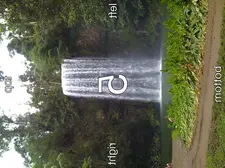
With rotate:
import { promises as fs } from 'fs'
import { Transformer } from '@napi-rs/image'
const WITH_EXIF_JPG = await fs.readFile('with-exif.jpg')
const imageOutputWebp = await new Transformer(WITH_EXIF)
.rotate()
.resize(450 / 2)
.webp(75)
console.timeEnd('@napi-rs/image webp')
writeFileSync('output-exif.image.webp', imageOutputWebp)
grayscale
/**
* Return a grayscale version of this image.
* Returns `Luma` images in most cases. However, for `f32` images,
* this will return a greyscale `Rgb/Rgba` image instead.
*/
grayscale(): this| Image | Output |
|---|---|
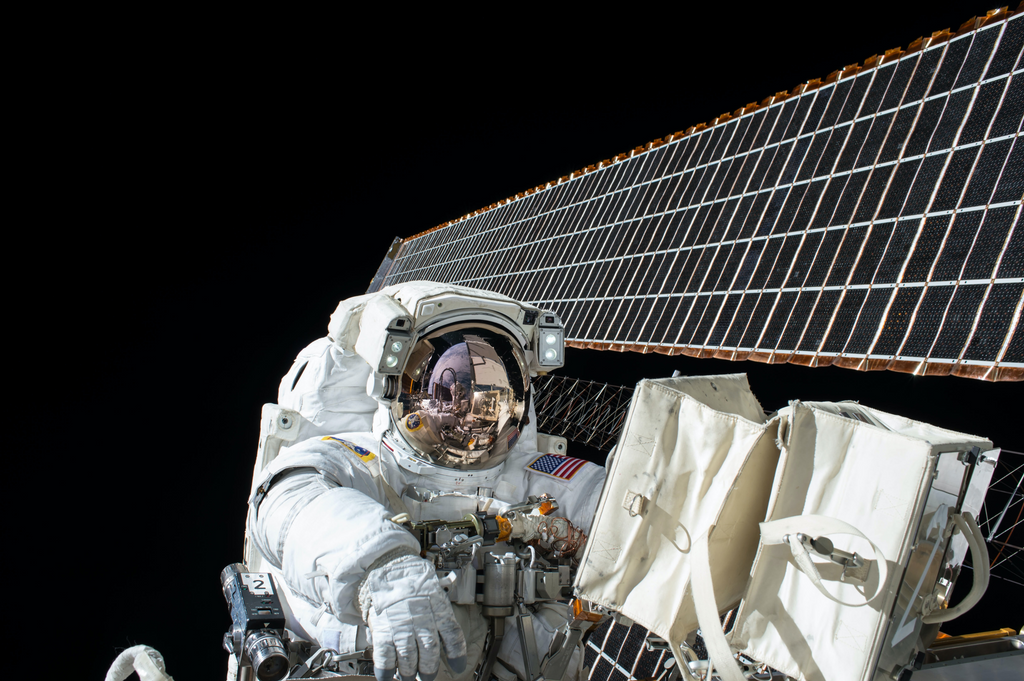 | 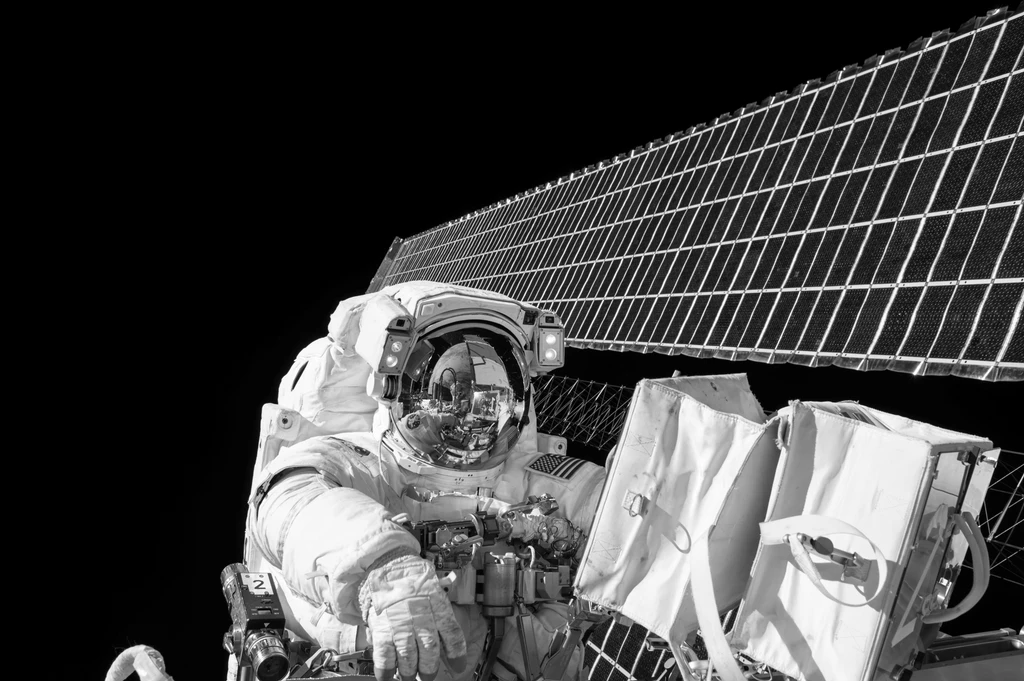 |
invert
Invert the colors of this image.
invert(): this| Image | Output |
|---|---|
 | 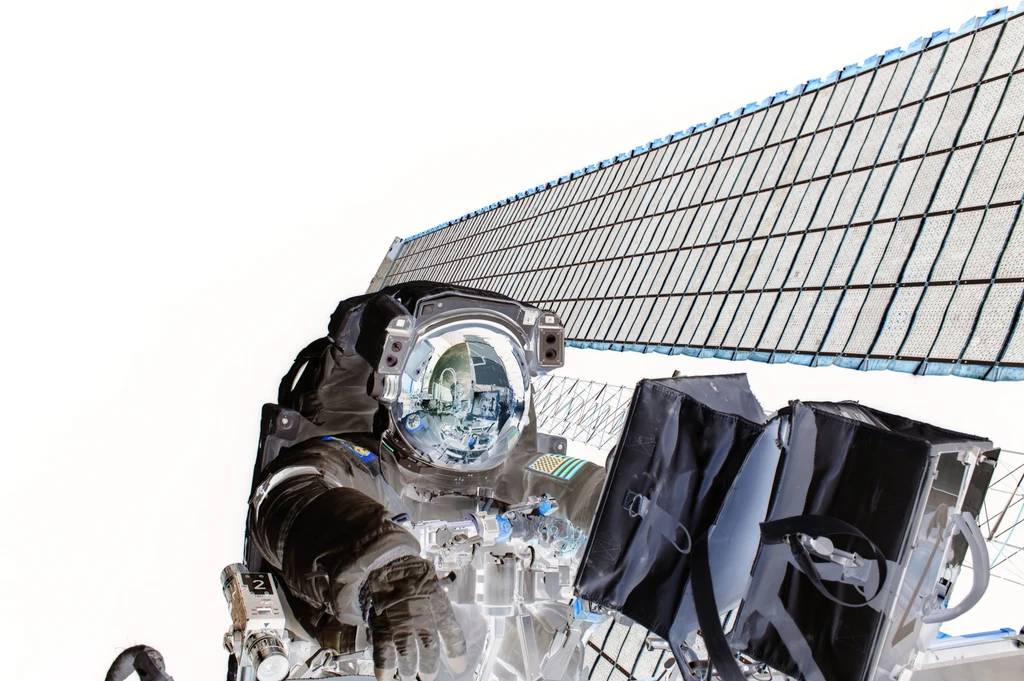 |
resize
/**
* Resize this image using the specified filter algorithm.
* The image is scaled to the maximum possible size that fits
* within the bounds specified by `width` and `height`.
*/
resize(width: number, height?: number | undefined | null, filterType?: ResizeFilterType | undefined | null): this
export enum ResizeFilterType {
/** Nearest Neighbor */
Nearest = 0,
/** Linear Filter */
Triangle = 1,
/** Cubic Filter */
CatmullRom = 2,
/** Gaussian Filter */
Gaussian = 3,
/** Lanczos with window 3 */
Lanczos3 = 4
}ResizeFilterType:
To test the different sampling filters on a real example, you can find two
examples called
scaledown
and
scaleup
in the examples directory of the crate source code.
Here is a 3.58 MiB test image that has been scaled down to 300x225 px:
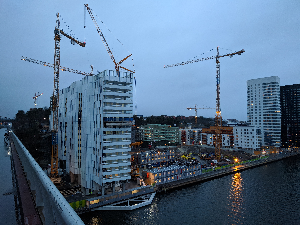
Nearest Neighbor
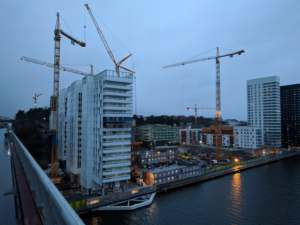
Linear: Triangle
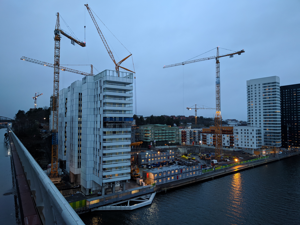
Cubic: Catmull-Rom
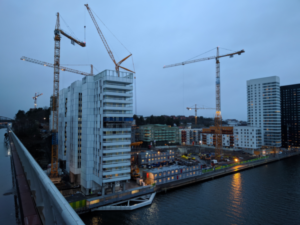
Gaussian
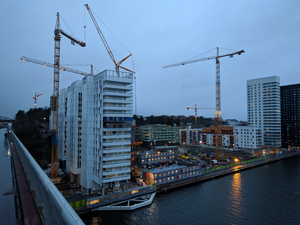
Lanczos with window 3
Speed
Time required to create each of the examples above, tested on an Intel i7-4770 CPU with Rust 1.37 in release mode:
| Filter Type | Time Cost |
|---|---|
| Nearest | 31 ms |
| Triangle | 414ms |
| CatmullRom | 817ms |
| Gaussian | 1180 ms |
| Lanczos3 | 1170 ms |
blur
Performs a Gaussian blur on this image.
sigma` is a measure of how much to blur by.
blur(sigma: number): thisblur(10)
| Image | Output |
|---|---|
 | 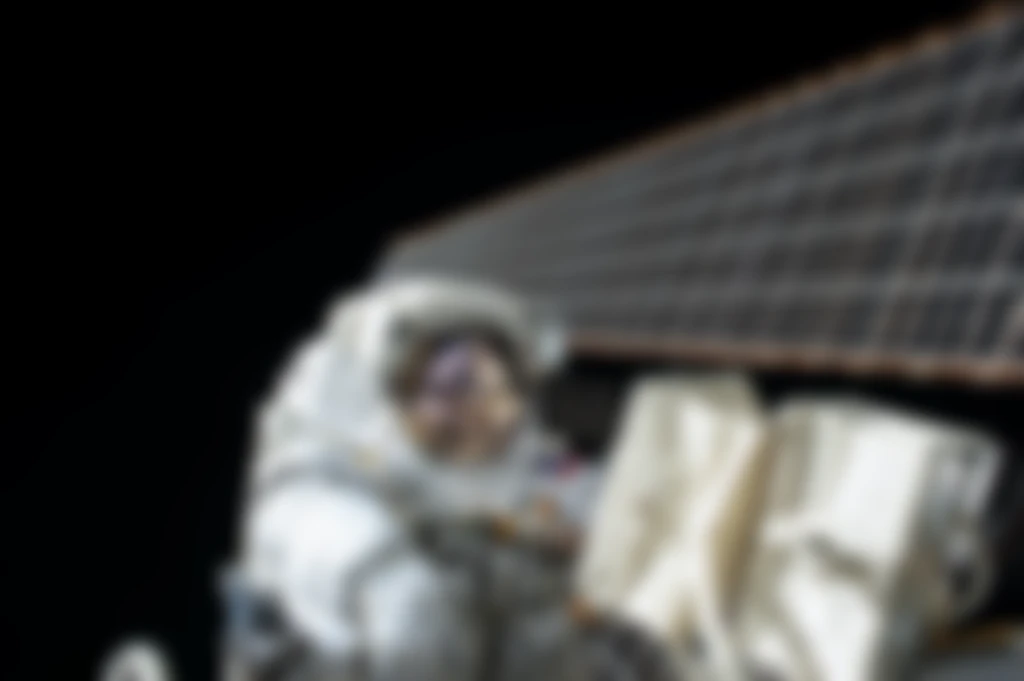 |
unsharpen
Performs an unsharpen mask on this image.
sigmais the amount to blur the image by.
>thresholdis a control of how much to sharpen.
See Digital_unsharp_masking
unsharpen(sigma: number, threshold: number): thisunsharpen(10, 10)
| Image | Output |
|---|---|
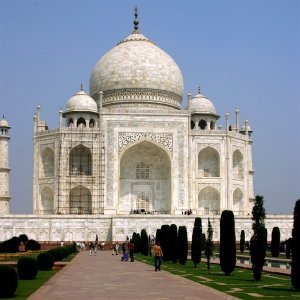 | 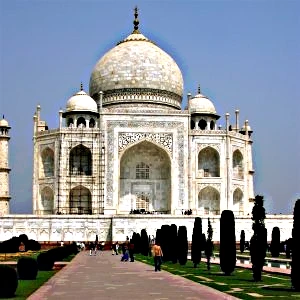 |
filter3x3
Filters this image with the specified 3x3 kernel. Error will thrown if the kernel length is not 9.
filter3x3(kernel: Array<number>): thishttps://en.wikipedia.org/wiki/Kernel_(image_processing)#Details
Sharpen:
filter3x3([0, -1, 0, -1, 5, -1, 0, -1, 0])
| Image | Output |
|---|---|
 | 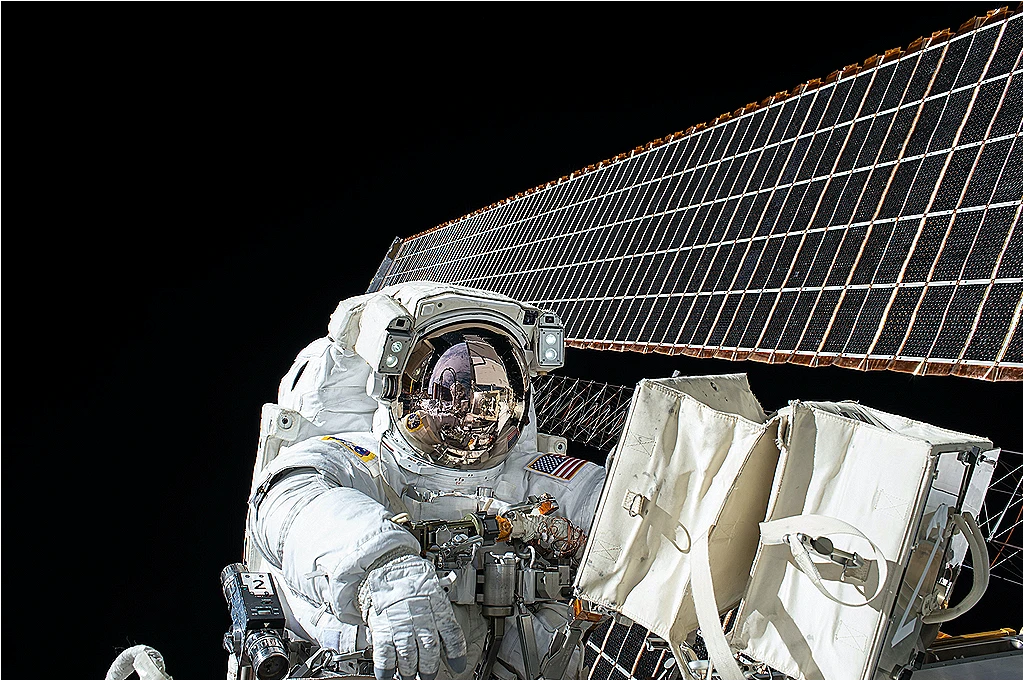 |
adjustContrast
Adjust the contrast of this image.
contrastis the amount to adjust the contrast by.
Negative values decrease the contrast and positive values increase the contrast.
adjustContrast(contrast: number): thisadjustContrast(50)
| Image | Output |
|---|---|
 |  |
brighten
Brighten the pixels of this image.
valueis the amount to brighten each pixel by.
Negative values decrease the brightness and positive values increase it.
brighten(brightness: number): thisbrighten(30)
| Image | Output |
|---|---|
 | 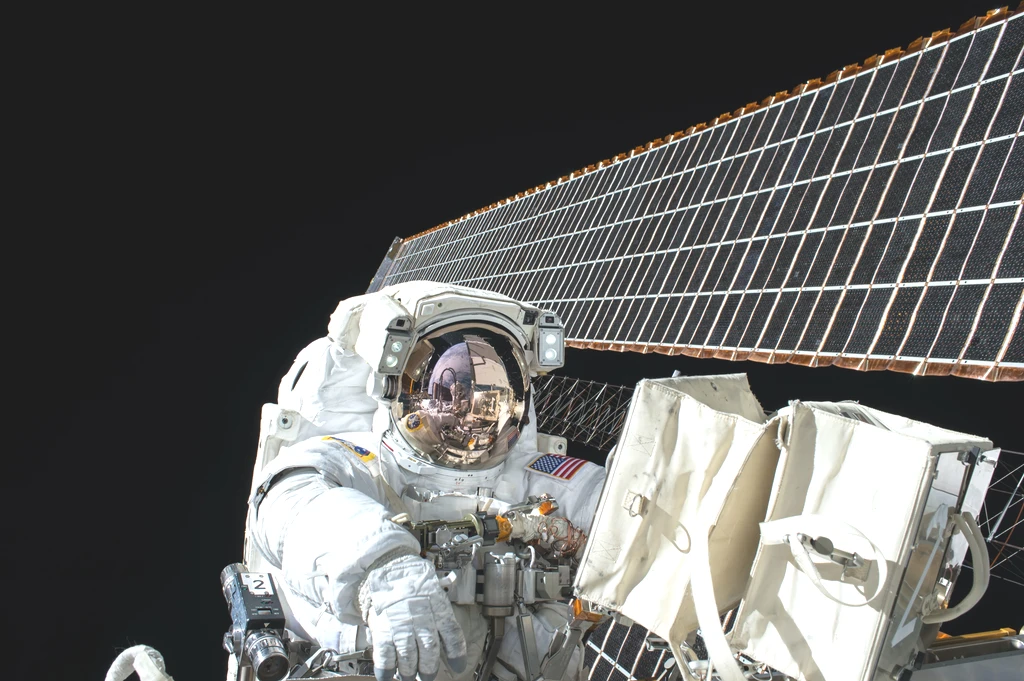 |
huerotate
Hue rotate the supplied image.
>valueis the degrees to rotate each pixel by. 0 and 360 do nothing, the rest rotates by the given degree value. just like the css webkit filter hue-rotate(180)
huerotate(hue: number): thishuerotate(90)
| Image | Output |
|---|---|
 |  |
crop
Crop a cut-out of this image delimited by the bounding rectangle.
crop(270, 40, 500, 500)
| Image | Output |
|---|---|
 | 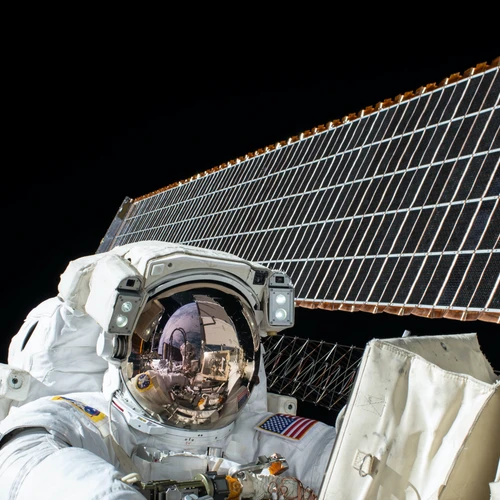 |
Optimize PNG
Lossless compression
Lossless optimize PNG powered by oxipng .
PNGLosslessOptions
export interface PNGLosslessOptions {
/**
* Attempt to fix errors when decoding the input file rather than returning an Err.
* Default: `false`
*/
fixErrors?: boolean | undefined | null
/**
* Write to output even if there was no improvement in compression.
* Default: `false`
*/
force?: boolean | undefined | null
/** Which filters to try on the file (0-5) */
filter?: Array<number> | undefined | null
/**
* Whether to attempt bit depth reduction
* Default: `true`
*/
bitDepthReduction?: boolean | undefined | null
/**
* Whether to attempt color type reduction
* Default: `true`
*/
colorTypeReduction?: boolean | undefined | null
/**
* Whether to attempt palette reduction
* Default: `true`
*/
paletteReduction?: boolean | undefined | null
/**
* Whether to attempt grayscale reduction
* Default: `true`
*/
grayscaleReduction?: boolean | undefined | null
/**
* Whether to perform IDAT recoding
* If any type of reduction is performed, IDAT recoding will be performed regardless of this setting
* Default: `true`
*/
idatRecoding?: boolean | undefined | null
/** Whether to remove ***All non-critical headers*** on PNG */
strip?: boolean | undefined | null
/** Whether to use heuristics to pick the best filter and compression */
useHeuristics?: boolean | undefined | null
}export function losslessCompressPng(
input: Buffer,
options?: PNGLosslessOptions | undefined | null,
signal?: AbortSignal | undefined | null,
): Promise<Buffer>
export function losslessCompressPngSync(input: Buffer, options?: PNGLosslessOptions | undefined | null): BufferLossy compression
Powered by pngquant , converts RGBA images to palette-based 8-bit indexed images, including alpha component.
PngQuantOptions:
export interface PngQuantOptions {
/** default is 70 */
minQuality?: number | undefined | null
/** default is 99 */
maxQuality?: number | undefined | null
/**
* 1- 10
* Faster speeds generate images of lower quality, but may be useful for real-time generation of images.
* default: 5
*/
speed?: number | undefined | null
/**
* Number of least significant bits to ignore.
* Useful for generating palettes for VGA, 15-bit textures, or other retro platforms.
*/
posterization?: number | undefined | null
}export function pngQuantize(
input: Buffer,
options?: PngQuantOptions | undefined | null,
signal?: AbortSignal | undefined | null,
): Promise<Buffer>
export function pngQuantizeSync(input: Buffer, options?: PngQuantOptions | undefined | null): BufferOptimize JPEG
Lossy and Lossless JPEG compression powered by mozjpeg .
JpegCompressOptions:
export interface JpegCompressOptions {
/** Output quality, default is 100 (lossless) */
quality?: number | undefined | null
/**
* If true, it will use MozJPEG’s scan optimization. Makes progressive image files smaller.
* Default is `true`
*/
optimizeScans?: boolean | undefined | null
}export function compressJpeg(
input: Buffer,
options?: JpegCompressOptions | undefined | null,
signal?: AbortSignal | undefined | null,
): Promise<Buffer>
export function compressJpegSync(input: Buffer, options?: JpegCompressOptions | undefined | null): BufferCredits
See Credits
